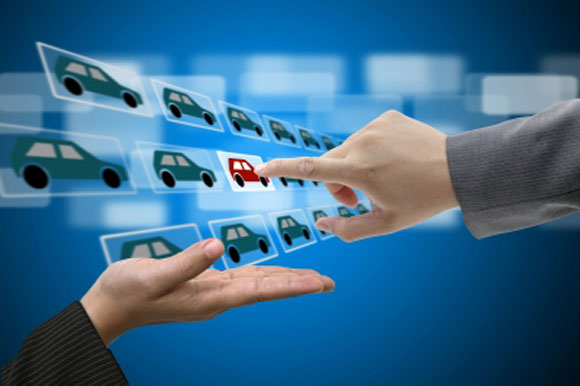Technology and business experts have long been predicting that the automotive industry is the major segment of the economy ripe for fruitful tech disruption.
Car companies have been clinging to a stagnant sales model for decades, and with new web tools making it easier than ever before for customers to purchase directly with manufacturers, with more and more car-shopping moving online, it is possible that dealerships will soon be a thing of the past.

While this new frontier of innovation is the result of a combination of forces and developments, on the consumer side it is being driven by a belief that e-commerce is simply better at meeting customer needs in this area. Here are three of the most significant reasons why:
- Expanded Options
Most shoppers who are looking for a new car want to be able to start with a wide range of options and then narrow them down through research and comparison. Typically, this has involved finding out what offerings are available at local dealerships, and then ranking them based on preference.
With the rise of e-commerce, however, consumers have become used to ordering the exact product they are looking for, regardless of whether or not it is available on the shelves of their local outlet store. This has created a certain degree of frustration for shoppers whose regional Ford dealership might only have a limited number of the dozens of variations of F-150 truck that make up the annual line-up.
Shopping for vehicles online has made it easier for consumers to purchase exactly what they want without needing to search far afield for the precise combination of features they are looking for.
- Easy-to-Use Search Tools
Every year, manufacturers issue hundreds of new vehicles under dozens of nameplates with an uncountable combination of features and add-ons. And while manufacturers tend to market their products based on brand name—the new Toyota Corolla, for example, for the Mazda CX-5—shoppers are becoming increasingly less brand loyal, and are much more focused on fulfilling needs (e.g., a new compact crossover with adaptive cruise control, lane-departure warning, and Apple Play).
Because websites like Kijiji Autos allow shoppers to find vehicles using a sophisticated array of search tools, they make it much easier for ordinary consumers to cut through the branding noise to quickly find the vehicle that fits their needs best.
- A More Pleasant Shopping Experience
Possibly the biggest reason why people are turning away from dealerships, however, is that they don’t like buying cars from them: according to a 2016 study into consumer satisfaction in the dealership industry, 87% of people who purchased a car from a dealership found some part of the experience to be irritating or off-putting.
One of the most common complaints was that dealership staff tended to push hard for a sale no matter what. Many shoppers who had recently purchased new cars felt that dealership staff had taken advantage of them in some way.
These are not problems shoppers face when buying automobiles online. Because the customer is in the driver’s seat when using e-commerce services, salespeople have fewer opportunities to pressure them into making a purchase they haven’t fully decided on.
Disruption is often imagined in hostile terms, as an assault on an established part of the economy by new business interests. But as can be seen in the case of the automotive sector, the reality is that disruptors are more often simply tapping into an existing frustration on the part of consumers.
By putting purchasing power back in the hands of shoppers and cutting out expensive, restrictive middlemen, companies like Kijiji Autos are simply finding a better way to meet customer needs.


